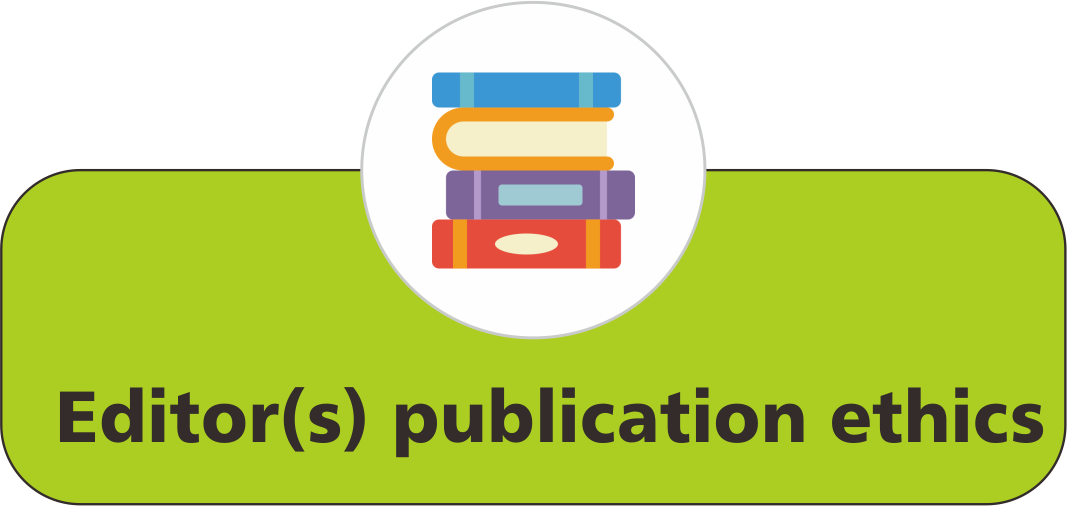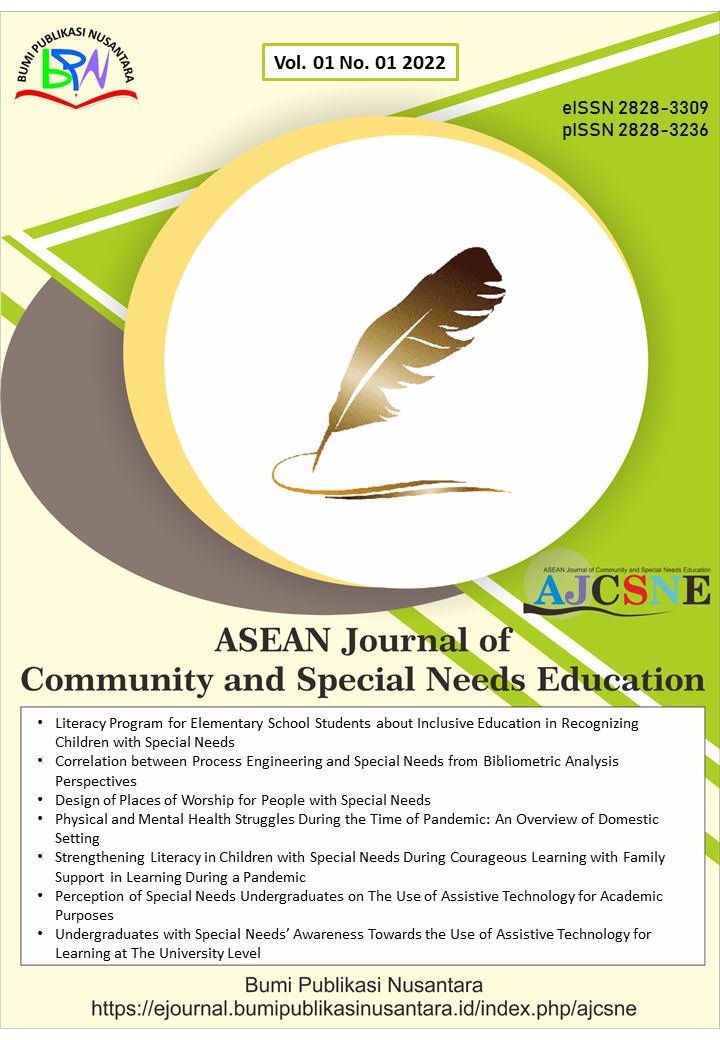Exploring Emotional Trauma and Identity Development through Literature: A Psychological Analysis of The Perks of Being a Wallflower
 ),
),
(1) University of Bejaia
 Corresponding Author
Corresponding Author
Abstract
Keywords
References
Akyıldız, S. T., and Ahmed, K. H. (2021). An overview of qualitative research and focus group discussion. International Journal of Academic Research in Education, 7(1), 1-15.
Arista, T. N., Iswalono, S., and Anggraeni, N. (2016). The traumatic experiences as the hindrance of charlie’s personality development in stephen chbosky’s the perks of being a wallflower, a psychosocial analysis. Sastra Inggris-Quill, 5(1), 59-64.
Attia, M., Das, B., Tang, S., Li, H., and Qiu, Y. (2022). Pre-and post-migration experiences of LGBTQ+ asylum-seeking individuals: A phenomenological investigation. Journal of LGBTQ Issues in Counseling, 16(3), 207-225.
Bauermeister, J. A., Morales, M., Seda, A., and Gonzalez-Rivera, J. (2007). The role of gender nonconformity and internalized stigma in the mental health of young adults. Journal of Youth and Adolescence, 36(3), 333–346.
Burke, S. A. (2024). Exploring the long-term impact of childhood trauma: Unseen consequences and paths to healing. International Journal of Psychiatry Research, 7(4), 1-10.
Cabral, J., and Pinto, T. M. (2023). Gender, shame, and social support in LGBTQI+ exposed to discrimination: a model for understanding the impact on mental health. Social Sciences, 12(8), 454.
Cardona, L. M., Ancho, I., Vergara, H., Laude, T. M., Albor, R. G., Pelegrina, D., and Almeda, P. (2025). Filipino LGBTQ+ emerging adults’ conceptualization of romantic relationships. International Journal of Multidisciplinary Sciences, 3(1), 49-70.
Cooper, K., Russell, A., Mandy, W., and Butler, C. (2020). The phenomenology of gender dysphoria in adults: A systematic review and meta-synthesis. Clinical Psychology Review, 80, 101875.
Dagan, O., Groh, A. M., Madigan, S., and Bernard, K. (2021). A lifespan development theory of insecure attachment and internalizing symptoms: Integrating meta-analytic evidence via a testable evolutionary mis/match hypothesis. Brain Sciences, 11(9), 1226.
Giordano, S. (2018). Understanding the emotion of shame in transgender individuals–some insight from Kafka. Life Sciences, Society and Policy, 14(1), 23.
Goodman, M. (2024). Associations between religion and suicidality for lgbtq individuals: A systematic review. Archive for the Psychology of Religion, 46(2), 157-179.
Guyon, R., Fernet, M., Dussault, É., Gauthier-Duchesne, A., Cousineau, M. M., Tardif, M., and Godbout, N. (2021). Experiences of disclosure and reactions of close ones from the perspective of child sexual abuse survivors: A qualitative analysis of gender specificities. Journal of Child Sexual Abuse, 30(7), 806-827.
Hubbard, K., and Hegarty, P. (2014). Why is the history of heterosexuality essential? beliefs about the history of sexuality and their relationship to sexual prejudice. Journal of Homosexuality, 61(4), 471-490.
Kamilia, F. (2021). Charlie’s depression in the perks of being a wallflower. Litera Kultura: Journal of Literary and Cultural Studies, 9(3), 13-19.
Koc, Y., Sahin, H., Garner, A., and Anderson, J. R. (2022). Societal acceptance increases Muslim-Gay identity integration for highly religious individual but only when the ingroup status is stable. Self and Identity, 21(3), 299-316.
Leahy, T., Pretty, G., and Tenenbaum, G. (2003). Childhood sexual abuse narratives in clinically and nonclinically distressed adult survivors. Professional Psychology: Research and Practice, 34(6), 657.
Malcomnson, J., Hart, S., and Stanley, D. (2006). Internalized stigma and coping in sexual minority youth. Clinical Psychology Review, 26(6), 742–759.
Moje, E. B., and Luke, A. (2009). Literacy and identity: Examining the metaphors in history and contemporary research. Reading Research Quarterly, 44(4), 415-437.
Olson, L., Cadge, W., and Harrison, J. (2006). Religion and public opinion about same‐sex marriage*. Social Science Quarterly, 87(2), 340-360.
Pitoňák, M. (2017). Mental health in non-heterosexuals: Minority stress theory and related explanation frameworks review. Mental Health and Prevention, 5, 63-73.
Reed, G. M., First, M. B., Billieux, J., Cloitre, M., Briken, P., Achab, S., and Bryant, R. A. (2022). Emerging experience with selected new categories in the ICD‐11: Complex PTSD, prolonged grief disorder, gaming disorder, and compulsive sexual behaviour disorder. World Psychiatry, 21(2), 189-213.
Richardson, M., Abraham, C., and Bond, R. (2012). Psychological correlates of university students' academic performance: a systematic review and meta-analysis. Psychological Bulletin, 138(2), 353.
Sherma, A. B., Lamsal, A., and Pokharel, D. P. (2024). Becoming an ecological citizen: The concept of an ecological citizen in the movie avatar. International Journal of TESOL & Education, 4(2), 62-77.
Siddaway, A. P., Wood, A. M., and Hedges, L. V. (2019). How to do a systematic review: A best practice guide for conducting and reporting narrative reviews, meta-analyses, and meta-syntheses. Annual Review of Psychology, 70(1), 747-770.
Somasundaram, D. (2007). Collective trauma in northern Sri Lanka: A qualitative psychosocial-ecological study. International Journal of Mental Health Systems, 1, 1-27.
Tomaszewski, C., Belot, R. A., Essadek, A., Onumba-Bessonnet, H., and Clesse, C. (2023). Impact of dance therapy on adults with psychological trauma: A systematic review. European Journal of Psychotraumatology, 14(2), 2225152.
Article Metrics
Abstract View : 1231 times
: 1231 times Download : 478 times
Download : 478 times
Refbacks
- There are currently no refbacks.
Copyright (c) 2025 Bumi Publikasi Nusantara

This work is licensed under a Creative Commons Attribution-ShareAlike 4.0 International License.







